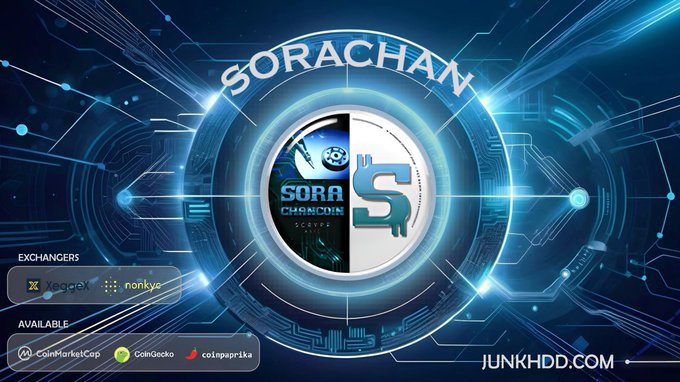Regarding the “Locality & Non-Locality key” we are developing for bridge use, we’ve found an alternative application. It allows for transactions with a certain level of privacy.
Being more convenient, it’s weaker than mixing, resembling a concept of weak reference. However, it offers the advantage of being usable even in regions where strong anonymous transactions, like mixing, are prohibited. This is quite important.
Then, here’s how it will work, starting today with Alice and Bob.
Alice: From now on, the transactions I send to Bob must not be known by a third party.
Bob: Understood.
Alice: Then, generate an Eth-style address using “getnewethaddress”.
Bob: Done.
Alice: Next, from that Eth-style address, generate a hidden address starting with S using “getkeyentangle”.
Bob: Done.
Alice: Tell me that hidden address starting with S.
Bob: Here it is.
Alice: I’ve sent the coins to that hidden address starting with S.
Bob: Received. It’s arrived at the Eth-style address.
Alice: Only the hidden address starting with S will be recorded in the block explorer. To generate an Eth-style address from that hidden address starting with S, you need the private key managing it, so we can’t directly calculate the Eth-style address from the hidden address starting with S.
Bob: So, if we execute “detachkeyentangle” here, unless this wallet is directly investigated, no third party can understand what the transaction was about.
Alice: Exactly.

